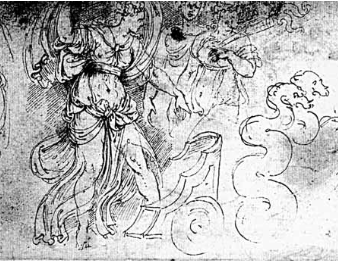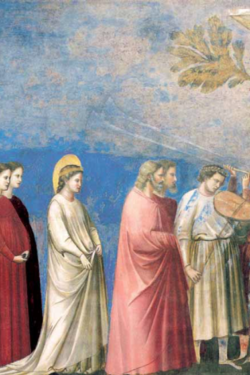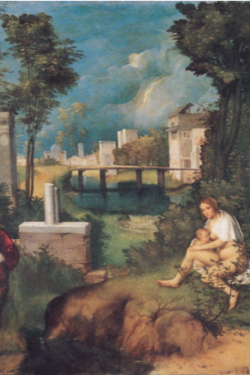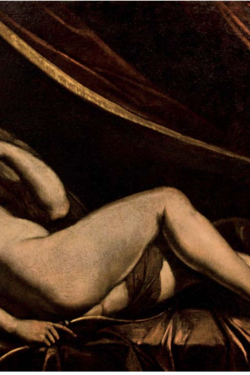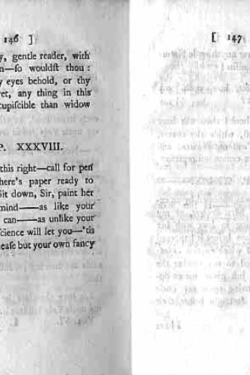Descrizione
Storia dell’Arte 106, Settembre – Dicembre 2003
William Breazeale
Sketchbook and “Zibaldone”: Girolamo da Carpi’s Roman Drawings
Those who practiced rhetorical persuasion, from grammar students reading Sallust to seasoned court poets writing vernacular epics on the model of Virgil and Ariosto, used the commonplace-book or zibaldone as a spur to the intellect. With the zibaldone as a guide, they built new rhetorical invention from the example of the ancients and moderns, sometimes even trying out their own new compositions in its pages next to collected aphorisms from the past. This article examines the parallels between such zibaldoni and the artist’s sketchbook. Though much has been written about the convergence of rhetoric, art theory and painting practice since the appearance of Rensselaer Lee’s «Ut pictura poësis: The Humanistic Theory of Painting», few articles have ad dressed the implications for drawing. The relationship between words and images proposed in Horace’s dictum, if it is to be thoroughly examined, should be extended to preparation as well. Girolamo da Carpi’s Roman sketchbook, created between 1549 and 1553, has been studied for its archaeological interest, concentrating on reconstruction of the dispersed sketchbook and the identification of ancient monuments depicted.
